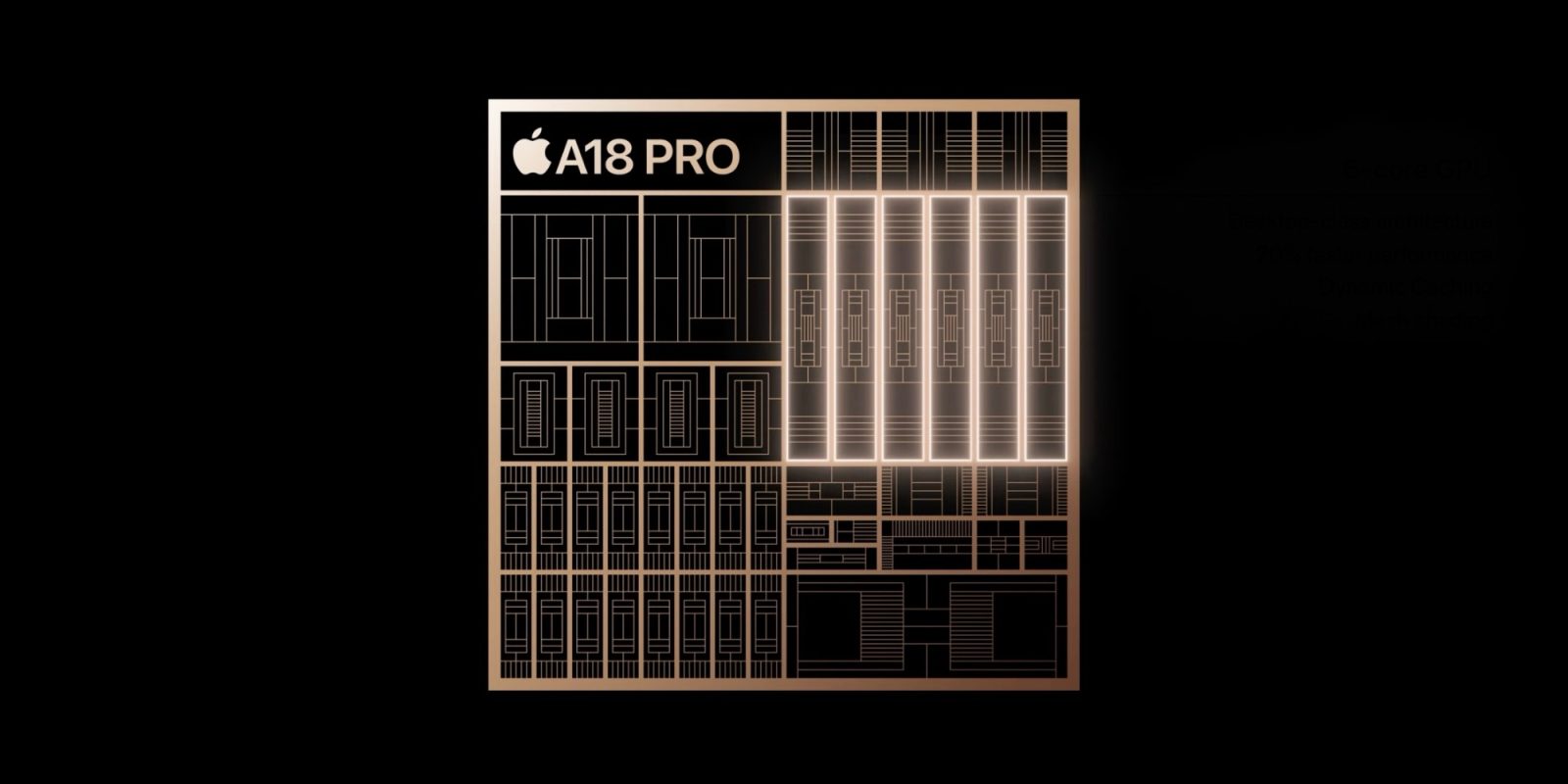
The iPhone 16 and 16 Pro have been widely available for nearly two weeks. But it’s only now that we’re getting a close-up look at the two devices’ differing chips, courtesy of ChipWise. Here are the A18 and A18 Pro chips.
Die shots provide best look yet at A18 and A18 Pro
Apple’s A18 and A18 Pro chips offer very similar stats on the surface. The company’s iPhone comparison page details the following specs:
| A18 | A18 Pro | |
| CPU | 6-core | 6-core |
| GPU | 5-core | 6-core |
| Neural Engine | 16-core | 16-core |
Because of the similarities in the two chips, and the amount of extra work it would likely require for Apple to actually create two different chips, many assumed (myself included) that chip binning was at play here.
It made sense that Apple would produce a single iPhone chip, but use chips with a faulty GPU core in its non-Pro models. This is standard practice on some of Apple’s other products, especially the Mac.
But the new die shots from ChipWise seem to support the A18 and A18 Pro actually being two entirely different chips.
Advantages of different chip approaches
We knew that functionally, the A18 Pro had some advantages such as USB3 support and the tech powering the always-on, ProMotion display.
However, at the scale the iPhone ships at, many assumed it would be more cost effective for Apple to still create a single chip and leave certain ‘Pro’ parts of it untapped by the iPhone 16 and 16 Plus.
These new photos appear to indicate that’s not the case. Which may point toward Apple’s plans for the A18 chip in other products, such as the upcoming iPad mini 7, iPhone SE 4, and maybe even the new homeOS smart display.
I’m no chip expert, so it will be interesting to see additional analysis from trained eyes to point out the differences between the A18 and A18 Pro. In the meantime, be sure to check out the full shots at ChipWise.
FTC: We use income earning auto affiliate links. More.




Comments